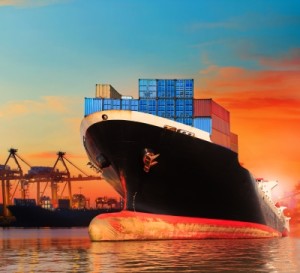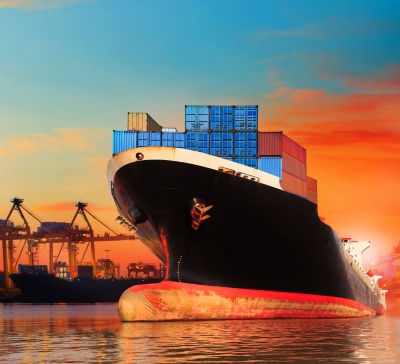 You can’t always pin the blame for most cargo delays on the Bureau of Customs (BOC), said a United States Agency for International Development (USAID) executive.
You can’t always pin the blame for most cargo delays on the Bureau of Customs (BOC), said a United States Agency for International Development (USAID) executive.
“It is not necessarily at Customs where the delay is. Sometimes the delay is with the other parties to the chain like the port operator, the banks where the bottleneck can be,” said Dr Cielito Habito, Chief of Party of USAID-funded Trade-Related Assistance for Development (TRADE) project in a presentation entitled Trade Facilitation Initiatives at the Bureau of Customs during the National Export Congress held on December 3.
Habito said “Customs often gets a bad rap” for delays that happen outside the agency’s domain when in fact “in many cases, the longest delays happen with the TRGAs (trade regulatory government agencies),” which are government agencies involved in providing permits for regulated products.
He cited the need to “rationalize policies on import permits” since some regulated products need two or even three types of permits from different agencies, and not all of them may be needed.
Habito said these observations were culled from the Trade Transactions Process Analysis (TTPA) that USAID conducted with the customs agency. The TTPA is “an analysis of the end-to-end trade process chain, from off-loading of cargo from the vessel, through clearance processes, to exit from the port or warehouse.”
The project sought to document actual border procedures and identify bottlenecks throughout the clearance process. It also timed the “procedures and analyse the reasons for delays along the chain whether at the BOC, at the TRGA or even the service providers through the chain to assess the formal and informal costs involved and suggest improvements therein.”
Habito said that to accomplish these two objectives, USAID was given full access by BOC to data on import entries (formal entries for consumption and warehousing) for November 2014 and for June 2015 covering the ports of Manila, Batangas, Cebu, Iloilo, Davao, and Cagayan De Oro, as well as Ninoy Aquino International Airport.
Customs clearance time
Results of the analysis showed that average customs clearance time in June 2015 for sea shipments on the green lane was two days, 21 hours, and two minutes; those on the yellow lane took three days and 30 minutes; those on red lane three days, four hours, and 48 minutes; and those on the super green lane three days and 39 minutes.
Clearing time by the Philippine Clearing House Corporation/authorized agent banks, meanwhile, took an average of 15 hours and seven minutes for shipments on the green lane; 12 hours and seven minutes for yellow lane cargoes; 37 minutes for red; and one day, four hours, and seven minutes for super green lane shipments.
For port operators, the average clearance time was two days, five hours, and 55 minutes for shipments on the green lane; two days and three minutes for yellow lane cargoes; 10 hours and 48 minutes for those on the red lane; and one day, 20 hours and 22 minutes for super green shipments.
On the part of the importer, customs broker, and TRGA, it took 12 hours and 19 minutes for those on the yellow lane to be cleared, and two days, 17 hours and 22 minutes to have red lane shipments cleared.
Moreover, for red lane shipments, another four days, three hours and 13 minutes were added in order to carry out the examination of cargoes. – Roumina Pablo
Image courtesy of khunaspix at FreeDigitalPhotos.net





